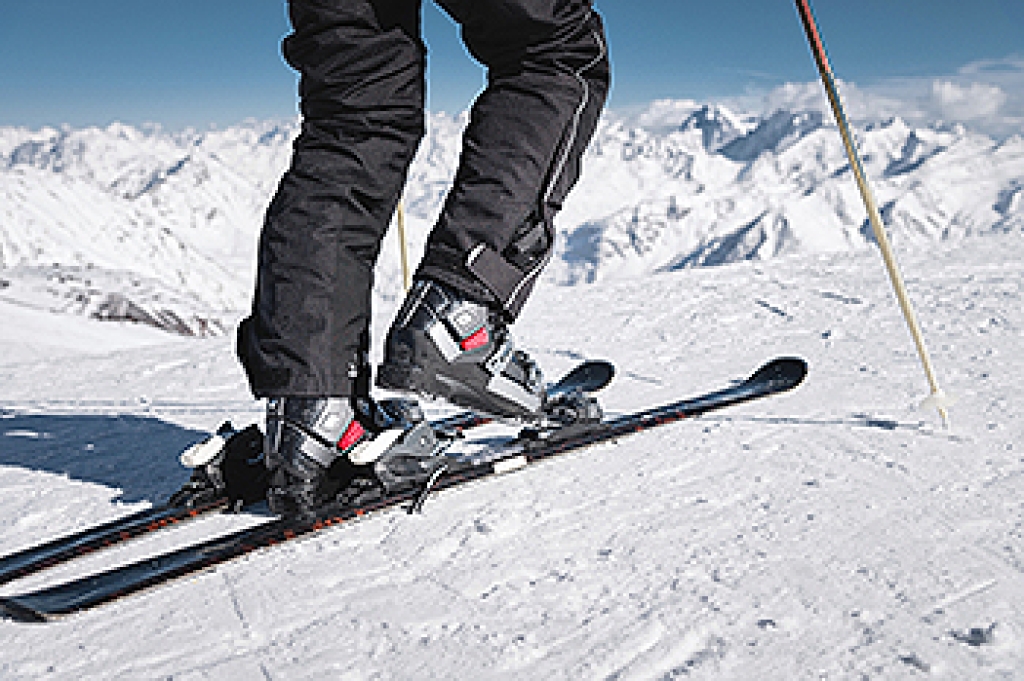
Foot pain while skiing is common and often linked to the fit and function of your ski boots. Boots that are too big allow the foot to move excessively, which can lead to friction and painful blisters. When boots are too small, they compress the foot and limit circulation, creating pressure points and discomfort that can quickly ruin your time on the slopes. Hard turns, cold temperatures, and improper foot alignment can also add stress to the arches, heels, and toes. A podiatrist can assess your foot structure, identify pressure areas, and recommend custom orthotics or proper boot fitting strategies to enhance comfort and control. If foot pain is holding you back from enjoying skiing, it is suggested that you schedule a visit with a podiatrist for expert guidance and relief.
Foot Pain
Foot pain can be extremely painful and debilitating. If you have a foot pain, consult with Wendy L. Grossman, DPM from New Jersey. Our doctor will assess your condition and provide you with quality foot and ankle treatment.
Causes
Foot pain is a very broad condition that could be caused by one or more ailments. The most common include:
- Bunions
- Hammertoes
- Plantar Fasciitis
- Bone Spurs
- Corns
- Tarsal Tunnel Syndrome
- Ingrown Toenails
- Arthritis (such as Gout, Rheumatoid, and Osteoarthritis)
- Flat Feet
- Injury (from stress fractures, broken toe, foot, ankle, Achilles tendon ruptures, and sprains)
- And more
Diagnosis
To figure out the cause of foot pain, podiatrists utilize several different methods. This can range from simple visual inspections and sensation tests to X-rays and MRI scans. Prior medical history, family medical history, and any recent physical traumatic events will all be taken into consideration for a proper diagnosis.
Treatment
Treatment depends upon the cause of the foot pain. Whether it is resting, staying off the foot, or having surgery; podiatrists have a number of treatment options available for foot pain.
If you have any questions, please feel free to contact our office located in Bloomfield, NJ . We offer the newest diagnostic and treatment technologies for all your foot care needs.




